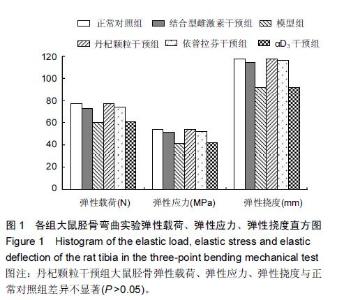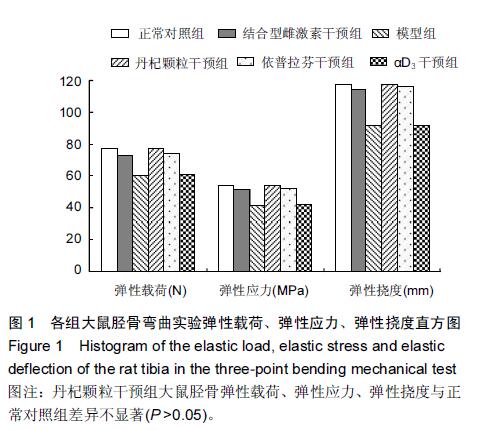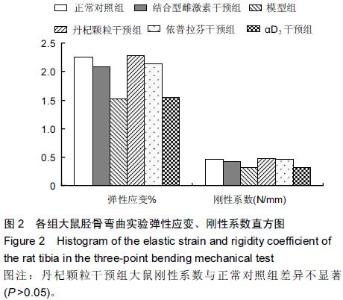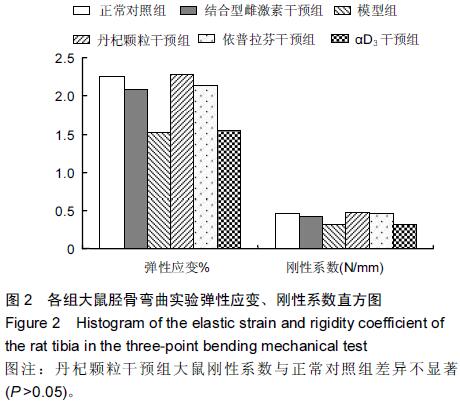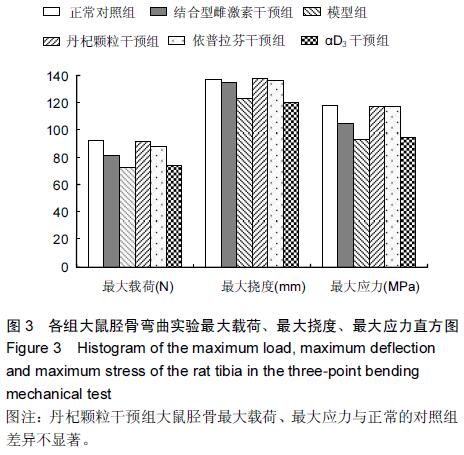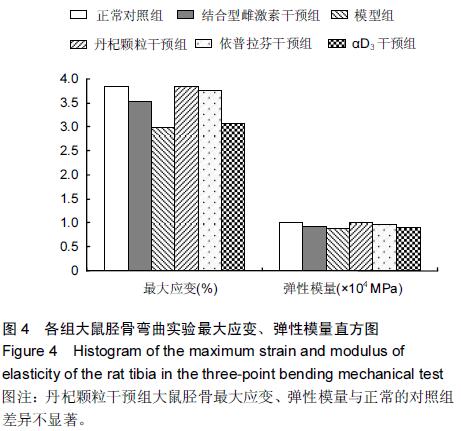| [1] Kanis JA, McCloskey EV, Johansson H,et al. European guidancefor the diagnosis and management of osteoporosis in postmenopausalwomen. Osteoporosis Int.2013;46(24): 23-57.
[2] Im GI,Kim MK. The relationship between osteoarthritis and osteoporosis J Bone Miner Metab.2013;42(2): 101-109.
[3] Giner M, Montoya MJ, Vazquez MA,et al. Differences in osteogenic and apoptotic genes between osteoporotic and osteoarthritic patients.BMC Musculoskelet Disord. 2013; 52(14): 41.
[4] Pervaiz K,Cabezas A, Downes K, et al. Osteoporosis and shoulderosteoarthritis: incidence, risk factors, and surgical implications.J Shoulder Elbow Surg.2013;47(22): 1-8.
[5] Castano-Betancourt MC,Rivadeneira F,Bierma Zeinstra S,et al. Bone parameters across different types of hip osteoarthritis andtheir relationship to osteoporotic fracture risk. Arthritis Rheum.2013;65(4): 693-700.
[6] Clayton ES, Hochberg MC. Osteoporosis and osteoarthritis, rheumatoid arthritis and spondylarthropathies. Curr Osteoporos Rep.2013;4: 257-262.
[7] 柴勇,张敏,杨成,等. 补阳还五汤联合神经干细胞移植促进脊髓损伤髓鞘再生[J].解剖学杂志,2013,36(4):785-788.
[8] 牛放,赵雨,徐云凤,等.鹿角脱盘胶原蛋白对去卵巢所致骨质疏松大鼠的治疗作用[J].中国现代应用药学,2012,29 (2):93-97
[9] 李亚楠,刘红,刘梅洁,等.无比山药丸对去卵巢大鼠腰椎骨密度和股骨生物力学性能的影响[J].中国中医基础医学杂志, 2012,18(10 ): 1085-1086.
[10] 彭建,李万逸,李海平,等. 补肾健骨方治疗骨质疏松性椎体骨折的临床疗效分析[J].中国实用医药,2013,8(17):42-44.
[11] 向科明,庄琼,黄玉梅,等. 独活寄生汤联合唑来膦酸治疗绝经后肝肾亏虚型骨质疏松症的临床研究[J].贵阳中医学院学报, 2013, 35(4):27-30.
[12] 张上上,刘心昱,郑姝宁,等. 骨碎补醇提物对骨质疏松预防作用的大鼠尿液UPLC-MS/MS代谢组学研究[J].中国中药杂志, 2012, 37(5):658-662
[13] 石继祥,曹成福,纪斌,等. 补阳还五汤对急性脊髓损伤大鼠神经功能康复作用的研究[J].临床和实验医学杂志,2012,11(21): 1684-1686.
[14] 王晓东,孙平,洪曼杰,等.雷奈酸锶对糖皮质激素诱导骨质疏松大鼠骨超微结构和骨生物力学特性的影响[J].广东医学, 2011, 32(2):158-160.
[15] 孙斌峰,董燚,吕建元,等.补肾密骨片对去卵巢骨质疏松大鼠胫骨生物力学的影响[J]。安徽中医学院学报,2011,30(2):55-56.
[16] 罗志强,张玉,缪滋光.磷酸钙骨水泥强化骨质疏松绵羊腰椎力学强度的动态观察[J]. 实用骨科杂志,2011,17(5):427-430.
[17] 李建军,张远石,王溪源,等. C5-6、T12-L1、L4-5椎间盘与相邻椎体的压缩力学特性[J]。生物医学工程研究, 2010, 29(3):193- 196.
[18] 彭传刚,杨琦,李鹏. C3-4、T9-10、L2-3椎间盘与相邻椎体弯曲(屈曲)的力学特性[J]。生物医学工程研究,2013,32(2):94-96。
[19] 江大雷、刘建宇.不同剂量骨疏灵和不同强度运动联合应用对去势大鼠骨生物力学的影响[J],中国组织工程研究与临床康复,2008, 12(2):279-282.
[20] 刘忠厚.骨质疏松学[M].北京:科学出版社,1998;142.
[21] 李良,陈槐卿,吴文超.去卵巢山羊长骨生物力学性能的变化[J]。生物医学工程杂志,1998,15(2):101-104.
[22] Civitelli R. In vitro effects of ipriflavone on bone formation and bone biomechanics. Calcif Tissue Int; 1997.61Suppl:S12-14
[23] 祁丽芳,祁丽艳,李赫,等.绝经后骨质疏松症非激素替代治疗(附364 例报告)[J]. 哈尔滨医药,2004,24(1):14-15.
[24] 曼鹿.凝聚国药精髓跨越强骨巅峰-我国首个中药防治骨质疏松新品“抗骨松”牌丹杞颗粒成功问世[J].医药世界,2006,(1):46. |


